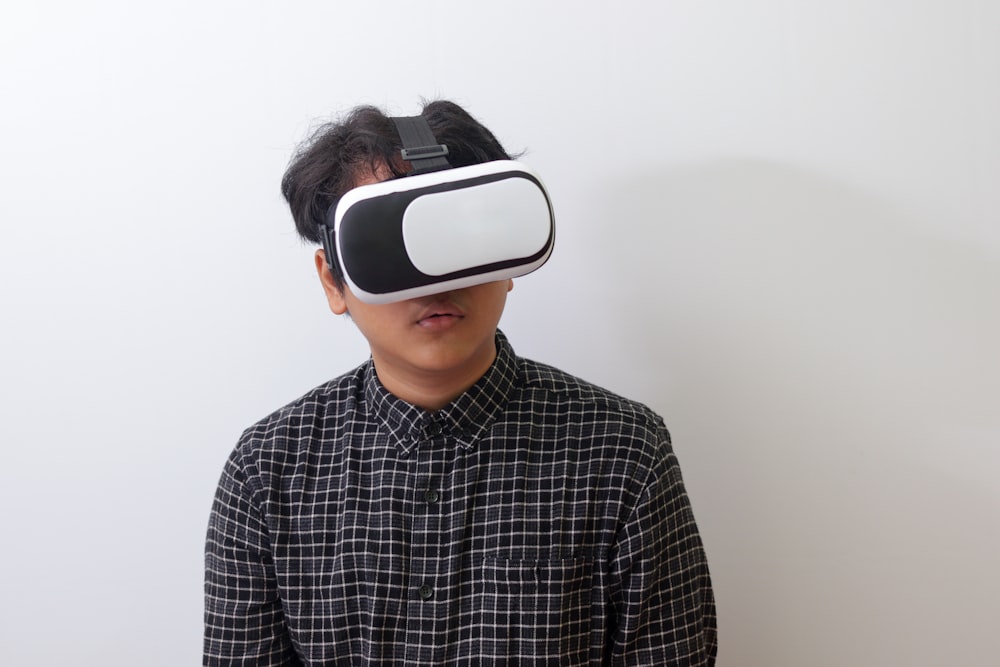Exploring Virtual Reality and Metaverse
Understanding Virtual Reality
Virtual reality (VR) has long been heralded as the next frontier in digital technology. With VR, users can immerse themselves in a simulated environment, often using a headset or goggles to experience a sense of presence in a virtual world. Whether it’s exploring far-off lands, participating in virtual games, or attending virtual meetings, VR offers a wide range of applications that are changing the way we interact with digital content.
The Rise of the Metaverse
The concept of the metaverse has gained significant attention in recent years, thanks in part to the growing popularity of virtual reality technology. The metaverse refers to a collective virtual shared space, created by the convergence of virtually enhanced physical reality and physically persistent virtual reality. In essence, it’s a digital realm where users can interact with each other and digital objects in a virtual environment.
Exploring Digital Realms
One of the most exciting aspects of virtual reality and the metaverse is the ability to explore digital realms that were previously inaccessible. From virtual landscapes modeled after real-world locations to fantastical environments limited only by the imagination, VR and the metaverse offer endless opportunities for exploration and discovery. Whether it’s exploring the depths of the ocean or soaring through the skies, users can experience a sense of freedom and adventure unlike anything they’ve ever experienced before.
Immersive Experiences
One of the key benefits of virtual reality and the metaverse is the ability to create immersive experiences that engage users on a deeper level. Whether it’s through realistic graphics, spatial audio, or haptic feedback, VR and the metaverse can create a sense of presence that makes users feel like they’re truly part of the virtual world. From virtual concerts and art installations to virtual theme parks and museums, the possibilities for immersive experiences are virtually limitless.
Social Interaction
Another important aspect of virtual reality and the metaverse is the potential for social interaction. In virtual reality, users can interact with each other in real time, using avatars to represent themselves in the virtual world. This allows for social experiences that mimic real-world interactions, such as chatting with friends, attending virtual events, or collaborating on projects. In the metaverse, users can connect with each other across different virtual environments, creating a sense of community that transcends physical boundaries.
Challenges and Opportunities
While virtual reality and the metaverse offer exciting possibilities, they also present their own set of challenges. From technical limitations to concerns about privacy and security, there are many factors to consider when exploring these emerging technologies. However, with careful planning and collaboration, these challenges can be overcome, paving the way for a future where virtual reality and the metaverse play an increasingly important role in our digital lives.
Looking to the Future
As virtual reality and the metaverse continue to evolve, the possibilities for their future are endless. From virtual reality theme parks and immersive educational experiences to metaverse-based social networks and virtual economies, the potential applications of these technologies are vast. By embracing innovation and collaboration, we can help shape a future where virtual reality and the metaverse enrich our lives in meaningful and transformative ways. Read more about virtual reality and metaverse


